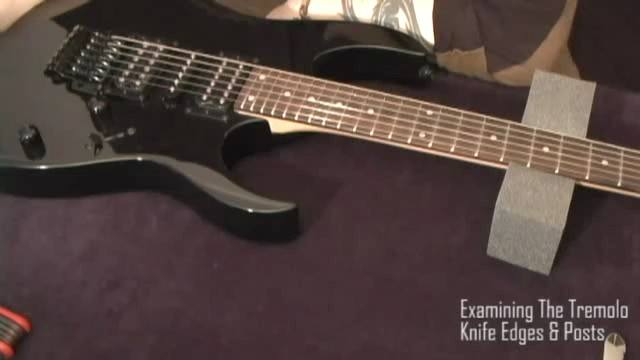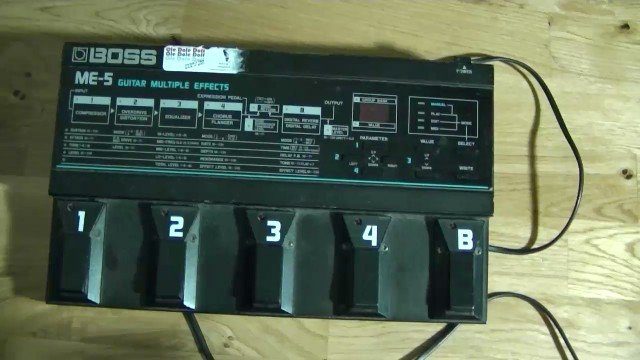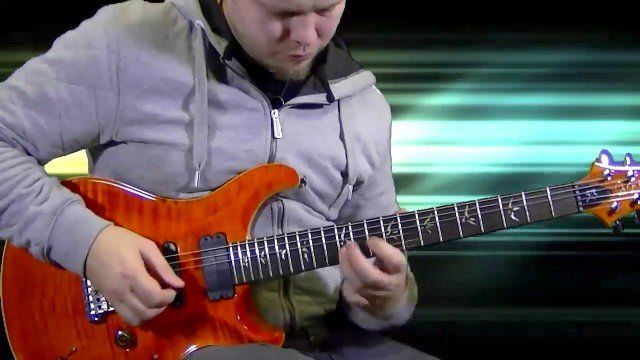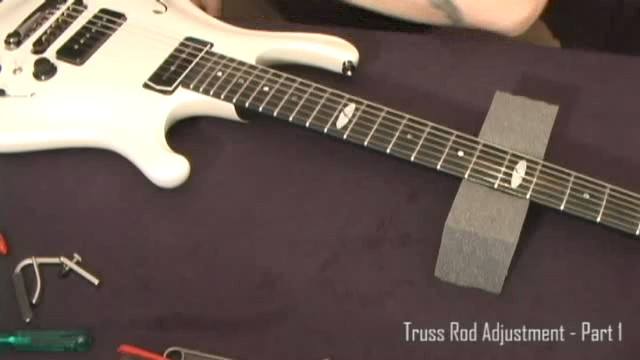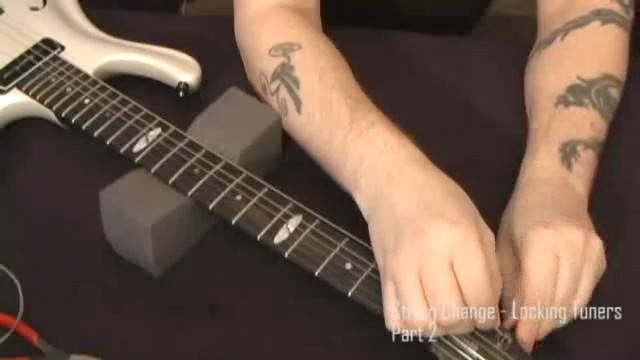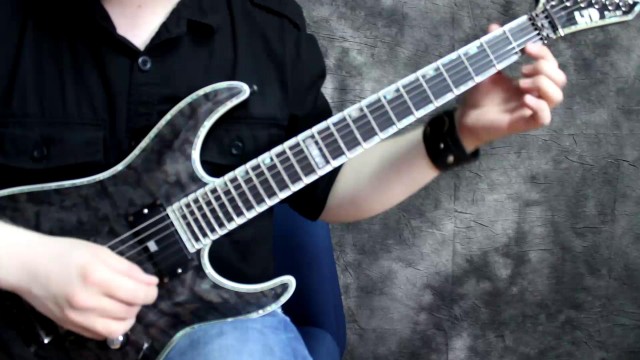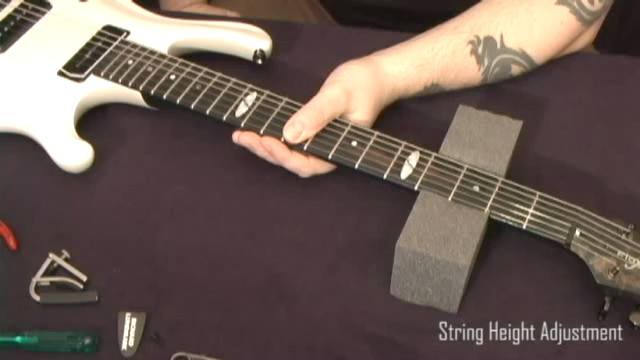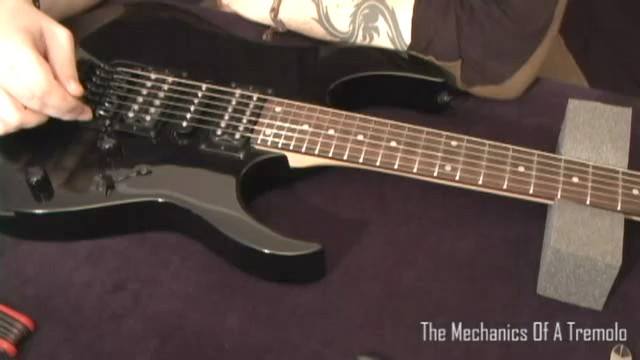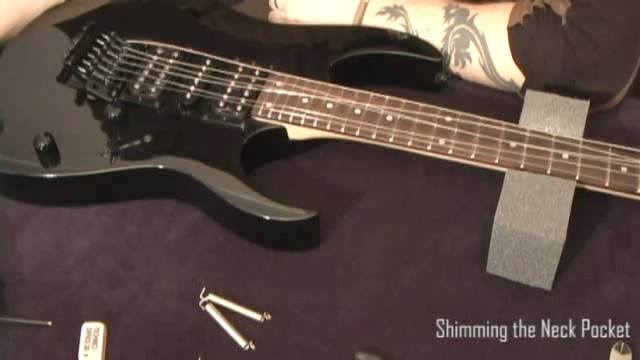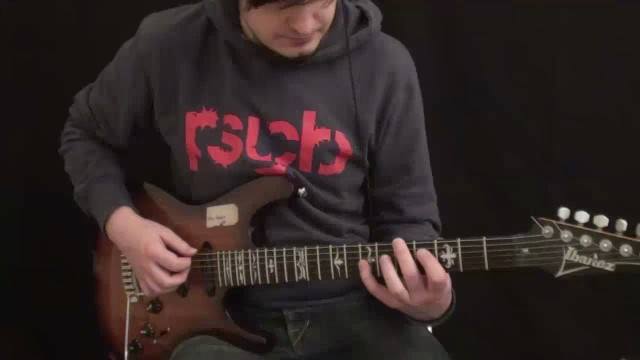Hi there guys and welcome to this tutorial on tuning in 4ths.
Normally we tune the guitar in what we call standard tuning. In other words out strings are tuned to the following notes,
E, A, D, G, B and E
This system of tuning is great as it allows us to play a great variety of fantastic material and works exceptionally well for playing chords and scales. However, there is a problem with this scale. If we look at the notes and the distance between them we come to an interesting conclusion.
The interval between each of our first 4 strings is that of a perfect 4th, however, between the G and B strings we have the interval of a major 3rd and then back to a perfect 4th between the B and E strings. Now this becomes a problem when looking at symmetry on the neck. Imagine a piano for a moment. If you were to play a C major chord in the lowest octave of a keyboard it looks exactly the same no matter which octave you transpose it into. Handy!! This we cannot do on the guitar as all our chords change shape depending on what octave (in other words, string set) they're in. This is true for scales, arpeggios and chords and is due to this major 3rd interval between the G and B strings.
As an improvising musician it was important to me that the guitar was as easy to visualise as possible so that I didn't have to go through too many thought processes before getting access to the actual music! In order to achieve this I decided to tune the guitar in all 4ths giving me the notes,
E, A, D, G, C, F.
Now the guitar becomes much more symmetrical and all chords, arpeggios and scales are the same shape no matter what octave or position or string set your playing them in. Useful eh!
There are some downsides though and I'll go through those later in the tutorial. However, as a method for making the guitar more logical this is hard to beat! In this tutorial I'll take you through the advantages and disadvantages and get you started on working out shapes in this tuning.
Try it and let me know what you think.
Tom




